Ventricular Septal Defect (VSD)
The heart is made up of 4 chambers: two filling chambers (medical term: right and left atria) and two pumping chambers (medical term: right and left ventricles). In the normal heart, the left ventricle pumps blood to the body and the right ventricle pumps blood to the lungs.
The left heart contains oxygen-rich blood for the body. The right heart contains oxygen-poor blood, which is pumped through the lungs to be filled with oxygen.
» Click here to take an animated tour of the normal heart
The term VSD is shorthand for Ventricular Septal Defect. Translating this into plain English:
- Ventricles = the two pumping chambers
- Septal = wall between the pumping chambers
- Defect = hole or abnormality
Therefore, a VSD is a HOLE in the WALL that allows abnormal blood flow between the TWO PUMPING CHAMBERS.
Is this common?
VSDs are the most common CHD. We see lots of patients with VSDs at TGH.
If I have a VSD, what do I need to know?
VSDs come in all shapes and sizes. The location and size of the hole will determine 1) whether it causes any problems and 2) whether it needs to be closed.
Small VSDs
Small VSDs that close by themselves don’t usually cause any problems when you’re older. For small VSDs that don’t close, problems can occur – that’s why regular visits with a cardiologist are still recommended.
Large VSD’s
Most large VSDs are closed in childhood, with surgery or other devices that act like plugs to close the hole. New problems can occur when you get older.
You should tell your doctor about the following symptoms:
- Problems keeping up with friends
- Problems walking up stairs
- Feeling out of breath
- Palpitations, extra heart beats or a racing heart
- Unexplained fevers, sweats and chills
Will I need treatment as I get older?
This depends on the size of the VSD and whether it’s open or closed.
Heart ultrasounds (Echos), CTs and MRIs are used to monitor the strength of the heart.
Treatment can include:
- Pills to control the heart rate
- Pills to help keep the heart strong
- Pills to improve blood flow to the lungs
- Blood thinners
- Pacemakers to help regulate the heart beat
- Surgery to repair leaky valves
If large VSDs aren’t closed, too much blood can flow to the lungs. This can cause high pressures in the lungs, and a condition known as pulmonary hypertension. If people with pulmonary hypertension have low oxygen levels or cyanosis, this is a more serious condition, called Eisenmenger Syndrome. Pulmonary hypertension may cause heart, lung, and blood problems. If permanent lung and heart damage happens, VSD closure may no longer be an option. If you have pulmonary hypertension, you need to be seen regularly in an Adult CHD clinic.
This program was developed by:



